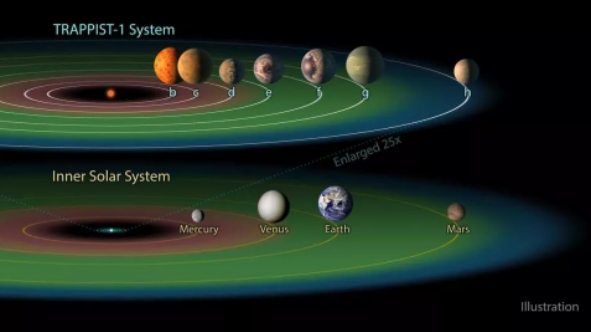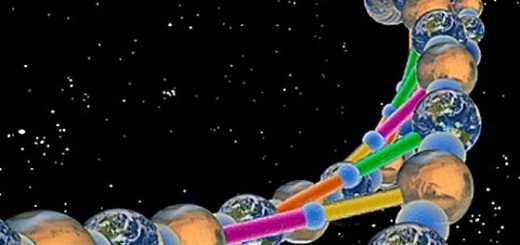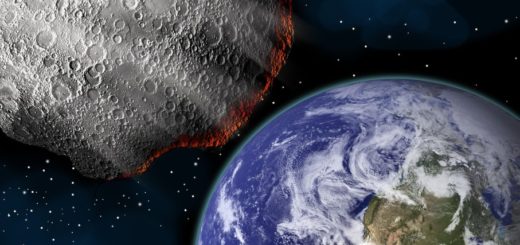Rocky alien worlds may need to be young to support life

As the search for life in the universe continues, scientists already know it’s not enough to find rocky planets in a star’s habitable zone, the region where a planet can host liquid water, a requirement for life as we know it.
That’s just the starting point. Indeed, other factors, such as nitrogen, may play a role in a planet’s habitability, as well as the ratio of land to sea. Now, a team of scientists suggests that one of the key characteristics of a life-supporting, rocky exoplanet is that it must be young — just a few billion years old at most. That’s because, to support life, a planet needs enough heat to power a carbon cycle, which is typically created due to the radioactive decay of elements such as uranium and thorium.
“Exoplanets without active degassing are more likely to be cold, snowball planets,” lead author Cayman Unterborn, a research scientist at the Southwest Research Institute in Texas, said in a statement. “Younger planets with temperate climates may be the simplest places to look for other Earths.”
That radioactive decay, in turn, causes volcanic degassing — the release of gasses held within a planet into the atmosphere through volcanoes — on the surface of a planet. Degassing contributes carbon dioxide to the atmosphere and continues the carbon cycle. But older planets might have consumed their radioactive resources and thus may not be able to retain their heat, the scientists explained in a new paper.
“We know these radioactive elements are necessary to regulate climate, but we don’t know how long these elements can do this, because they decay over time,” Unterborn said. “Also, radioactive elements aren’t distributed evenly throughout the galaxy, and as planets age, they can run out of heat and degassing will cease.”
So how long can an exoplanet sustain radioactive decay? Because the amounts of radioactive elements on each exoplanet can vary, so can these time frames.
“Under the most pessimistic conditions, we estimate that this critical age is only around 2 billion years old for an Earth-mass planet and reaching 5 [billion] to 6 billion years for higher-mass planets under more optimistic conditions,” Unterborn said.
The trouble is, current technology can’t determine what elements exist on an exoplanet. Right now, planetary composition is only inferred by looking at the light from a planet’s star, which can indicate what elements might be present in the system as a whole.
But with the James Webb Space Telescope, scientists will be able to determine the composition of exoplanets’ atmospheres, thereby revealing more clues as to the exoplanets’ ages and, therefore, these worlds’ potential ability to be heated by radioactive decay and surface degassing.



 Creators of mankind
Creators of mankind Description of “Tall white aliens”
Description of “Tall white aliens” Where they came from?
Where they came from? About hostile civilizations
About hostile civilizations The war for the Earth
The war for the Earth “Tall white aliens” about eternal life
“Tall white aliens” about eternal life Video: “Nordic aliens”
Video: “Nordic aliens” Aliens
Aliens Alien encounters
Alien encounters The aliens base
The aliens base UFO
UFO Technology UFO
Technology UFO Underground civilization
Underground civilization Ancient alien artifacts
Ancient alien artifacts Military and UFO
Military and UFO Mysteries and hypotheses
Mysteries and hypotheses Scientific facts
Scientific facts


















